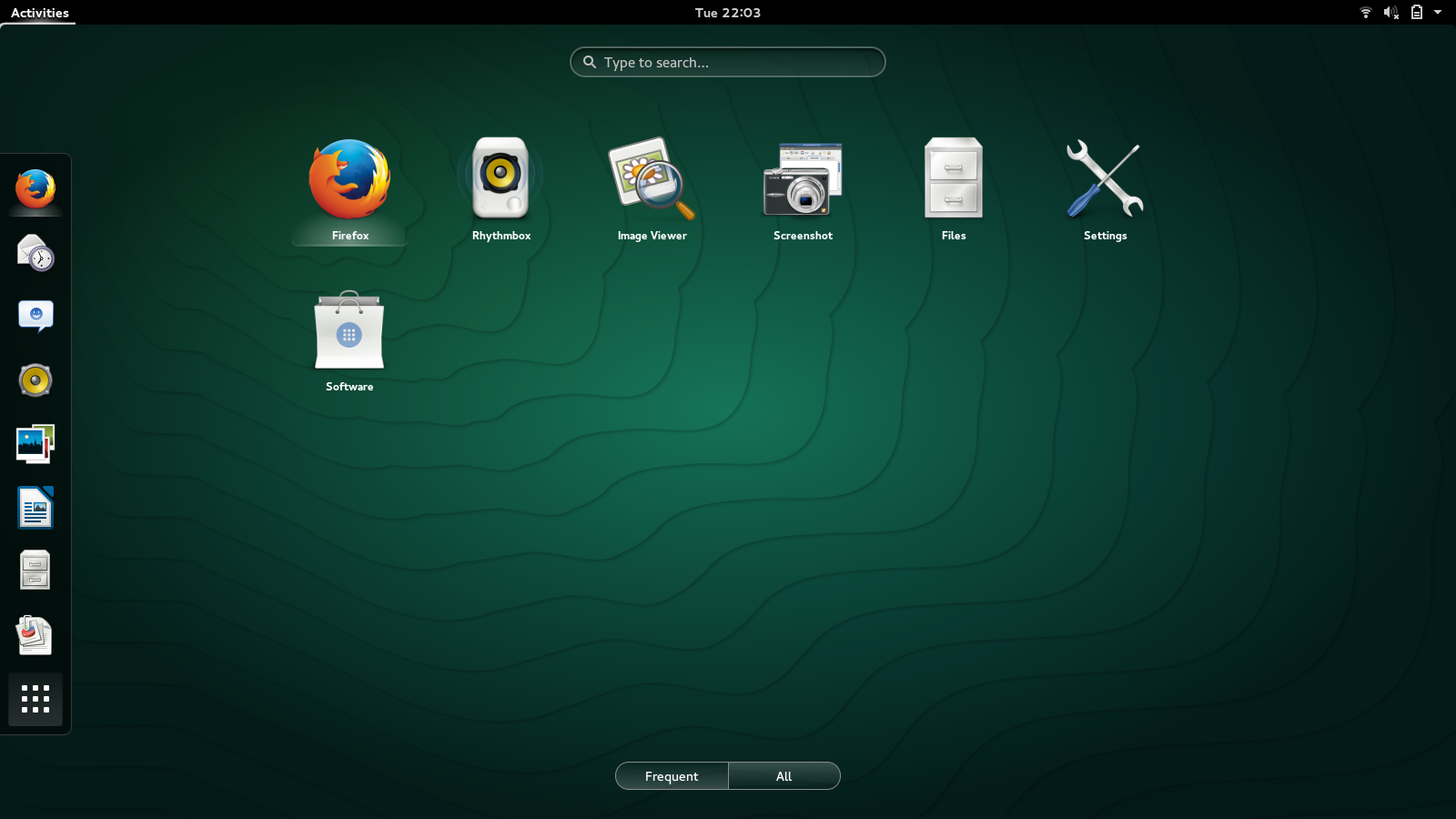- Install Opensuse Alongside Windows 12
- Install Opensuse Alongside Windows 9
- Install Opensuse Alongside Windows 10
- Install Opensuse Alongside Windows 11
- Install Opensuse Alongside Windows 8

Hi everyone! Hope you're all having a nice life!
First time posting here. I'd like some assistance in how to install SUSE alongside Windows and Debian Testing. I searched the forum and the web but couldn't find anything but dual boot and that I'm already doing that: Windows 7 64bit & Debian Testing 64bit on KDE Plasma 5.20.5 with kernel 5.10.0-4-amd64 x86_64. Now, I'd like to install Suse too.
Disk/partition layout:
Windows 7 is installed in sda3 and Debian in sda5. I'd install SUSE in sda4. I already downloaded openSUSE-Leap-15.2-KDE-Live-x86_64-Build31.376-Media.iso
What I'm not sure about is how to deal with the efi partition, do I have to create one for SUSE? Can anybody point me in the right direction on how to proceed? Thanks in advance for all your answers.
This is how I dual-boot my Windows 10 rig with openSUSE Leap.
This article is virtually unchanged from: Dual Boot openSUSE 13.2 and Windows 8.1 UEFI
1) In openSUSE go to 'Yast Boot Loader' on the window 'Boot Loader Settings' click on the tab 'Bootloader Options' and check if the option 'Probe foreign OS' is selected, if not select it, click ok, GRUB will re-run its configuration, and then you restart the system. The other OS's should appear in Grub's menu entry when you start the pc. UPDATE: Installing Ubuntu 20.04 LTS on a new machine with Windows 10, and there's now a confirmation window once I chose 'Install Ubuntu alongside Windows Boot Manager', saying. If you continue, the changes listed below will be written to the disks. Otherwise, you will be able to make further changes manually. OpenSUSE has a LiveCD. With this you can boot a full Linux system that will only run from the CD and the RAM. It will not affect the data on your disk. This is a good way to get an idea how compatible your hardware is with Linux before installing. It's also an easy way to simply look at openSUSE. Right-click on the DRIVE where you want to install openSUSE and choose Add Partition Make a swap partition, 2-4GB is fine. Below are the options I use. Ext4 for file system, noatime, discard. (=trim). This is the part that makes installation alongside Windows 10 different from a normal installation. The Ubuntu installer automatically detects that we have a pre-existing Windows 10 installation on our system, so there’s really nothing fancy we need to do here, except make sure the “Install Ubuntu alongside Windows 10” option is selected.
Notes:
– BACKUP your computer with a disk image before attempting this!
– Please do not contact me with questions on this topic.
That’s what the openSUSE forums are for.
– For how I dual-boot with a standard BIOS (legacy) see here: Dual-Boot openSUSE 12.3 And Windows (article is NOT compatible with BTRFS)
Interesting Links
openSUSE:UEFI
BCD System Store Settings for UEFI
Dual booting with Windows 8, not as painful as expected.
Preparation
1 – Full disk image backup using Acronis True Image.
2 – Make or leave unpartitioned space on OS drive for openSUSE. (If you can’t do this without a tutorial, well…..)
3 – Make UEFI boot usb flash drive with Rufus.
Installation
Pardon the odd screenshots. I used Vmware player for this article.
I should note that I am not a believer in using multiple partitions for my Linux installs.
Install Opensuse Alongside Windows 12
Boot up, go through setup until you get to the partitioning section.
I do not use BTRFS and I always use Create Partition Setup…
Choose Custom Partitioning (for experts) and click Next
Right-click on the DRIVE where you want to install openSUSE and choose Add Partition
Make a swap partition, 2-4GB is fine.
Below are the options I use. Ext4 for file system, noatime, discard* (=trim)
*note – I am not using discard at the moment because it was causing errors on my Samsung 850 Pro SSD.
Install Opensuse Alongside Windows 9
This next step is critical as your system will not boot without it.
Right-click on the Windows EFI boot partition and choose Edit
Choose Mount partition
Choose /boot/efi
Click Finish
Done? click Accept

Last chance to bail…
Click Next
I don’t use Secure Boot. It can be disabled here:
Boot Screen:
Everything should run just peachy until you boot into Windows again.
Install Opensuse Alongside Windows 10
Windows will usually try and make its bootloader default again which means openSUSE isn’t an option.
While in Windows, open an Elevated Command Prompt and copy/paste this command (source):
Install Opensuse Alongside Windows 11
bcdedit /set {bootmgr} path EFIopensuseshim.efi

Install Opensuse Alongside Windows 8
That’s it!